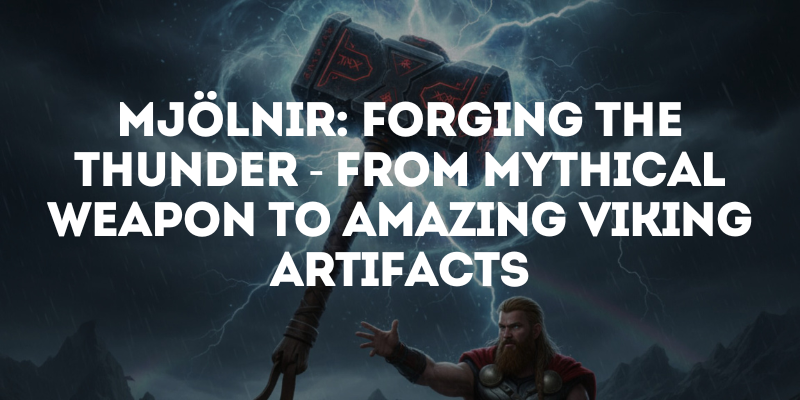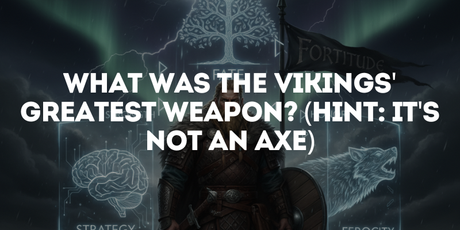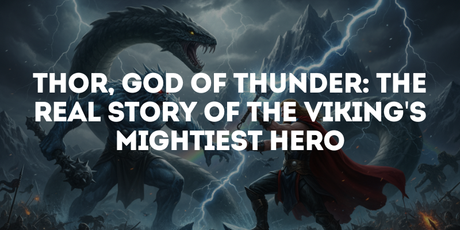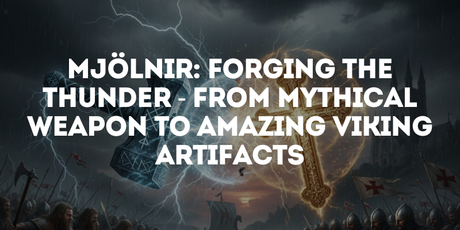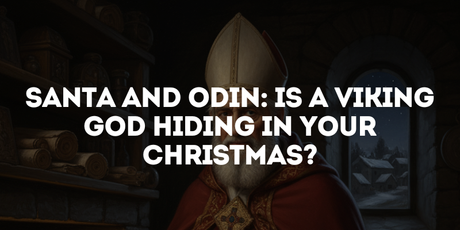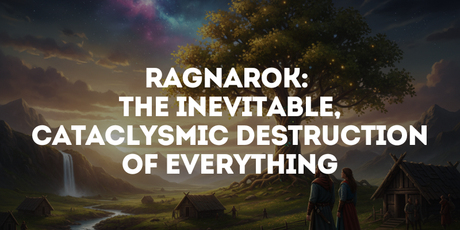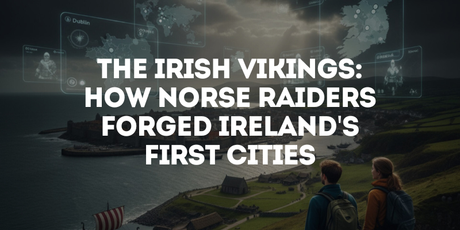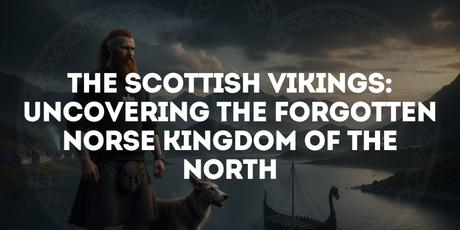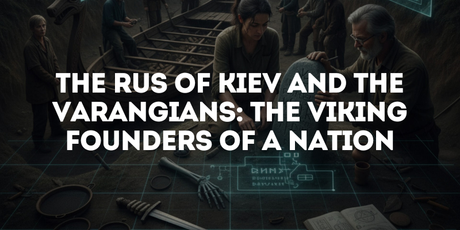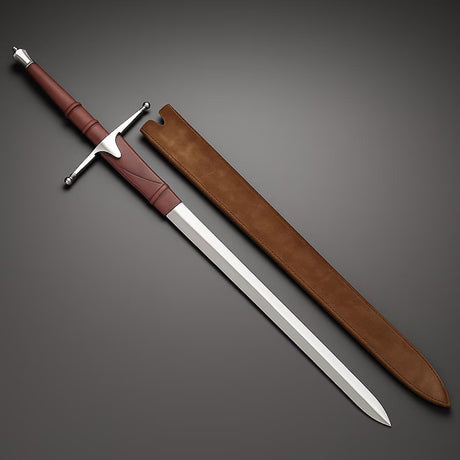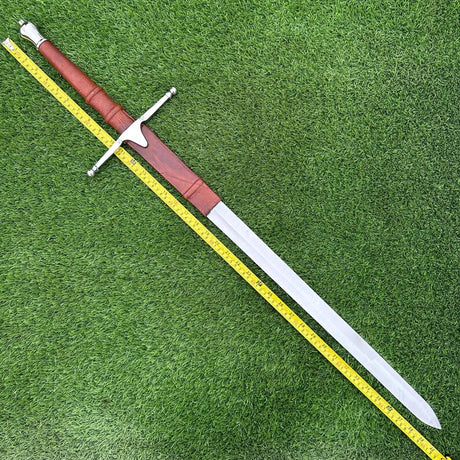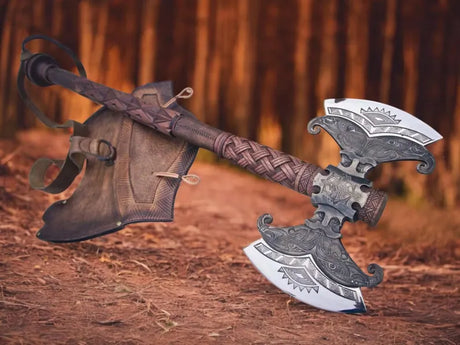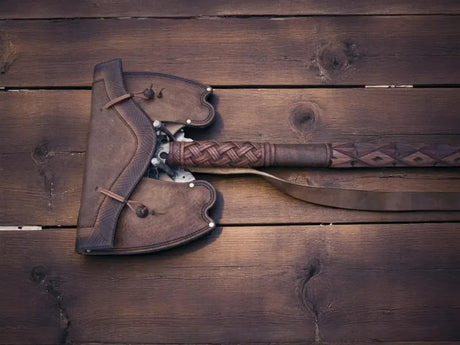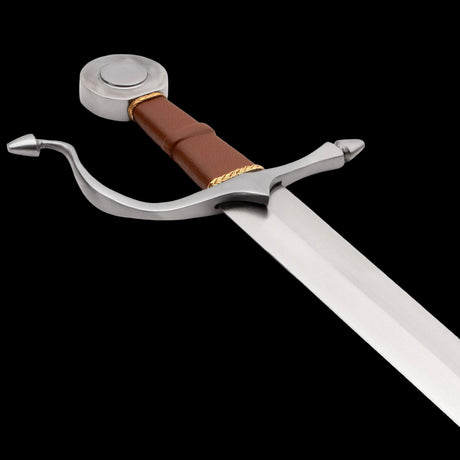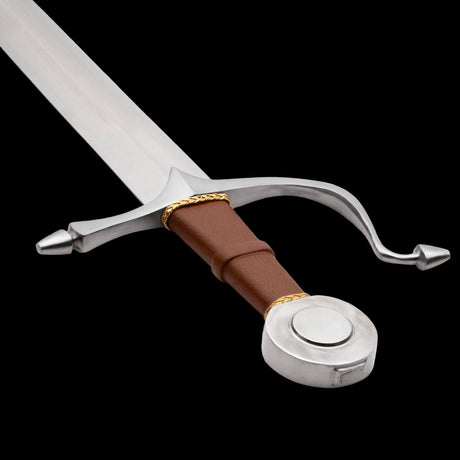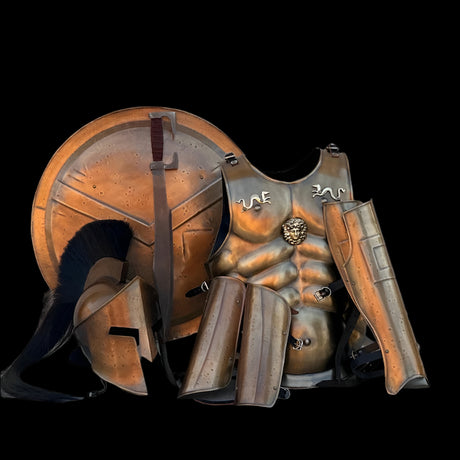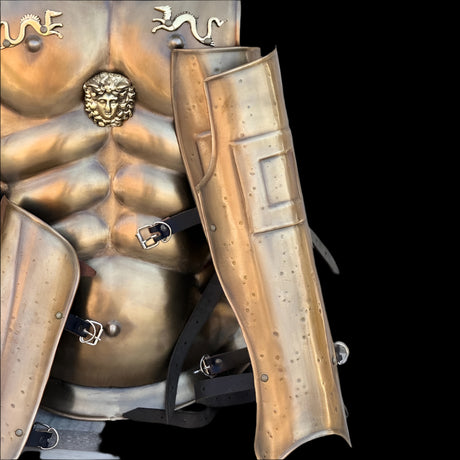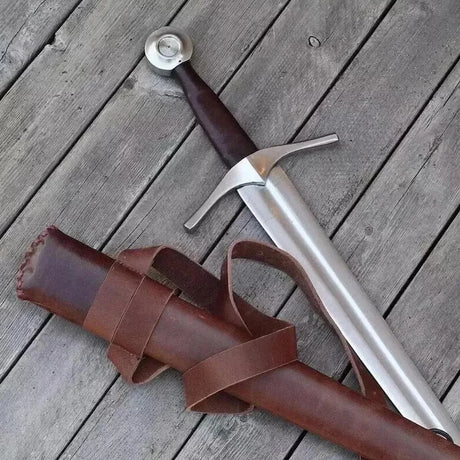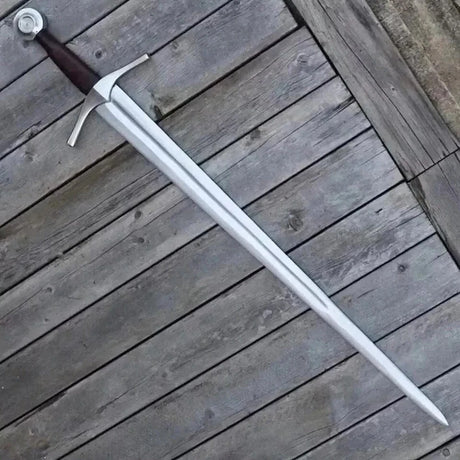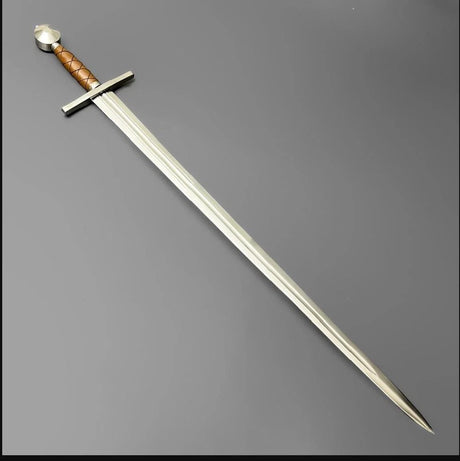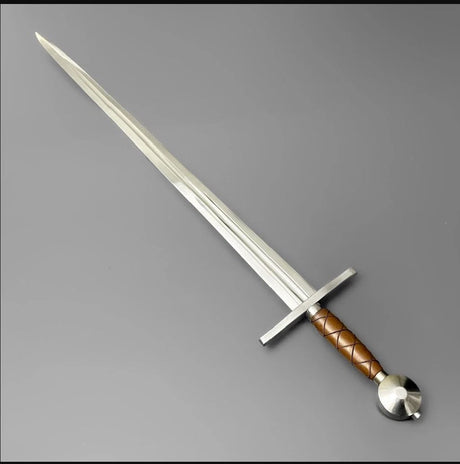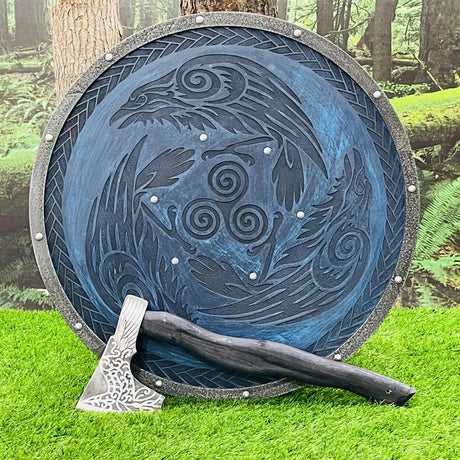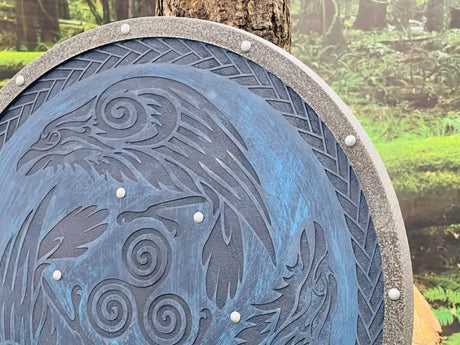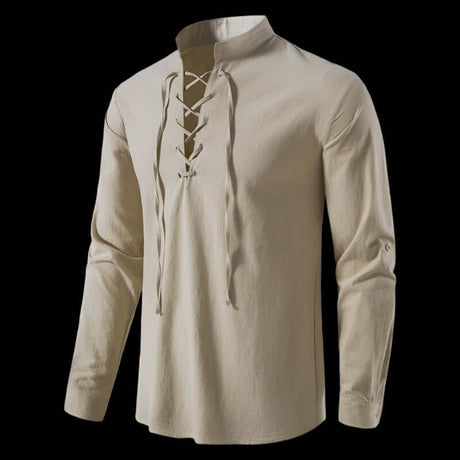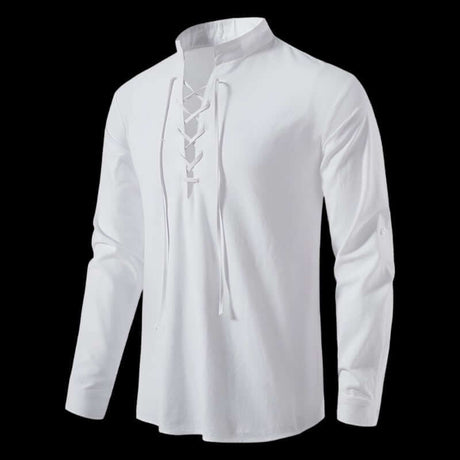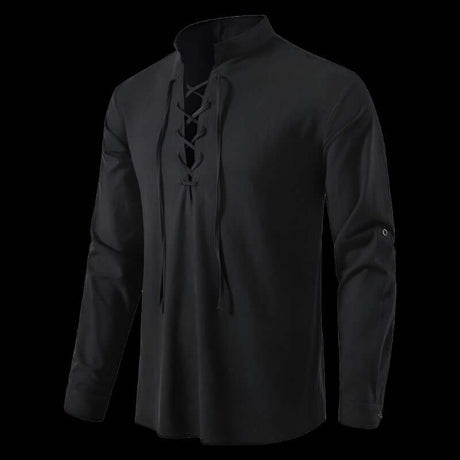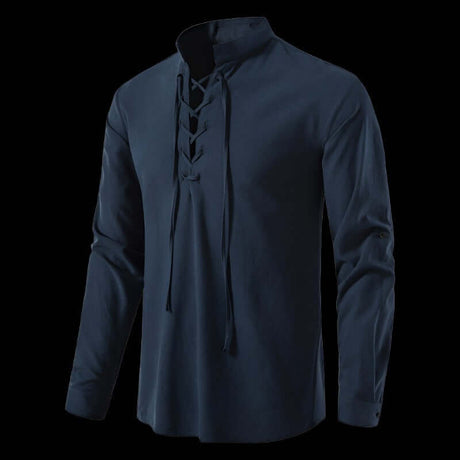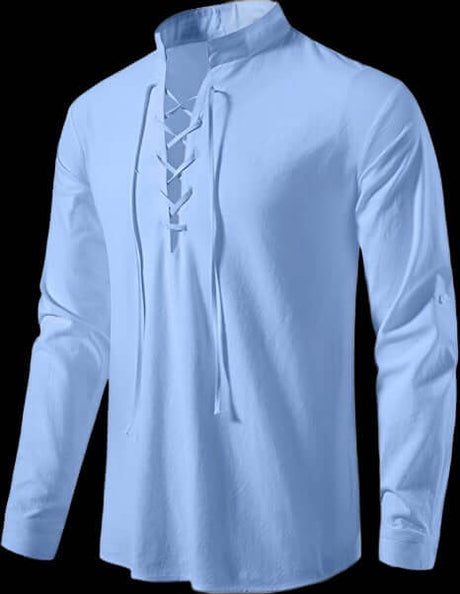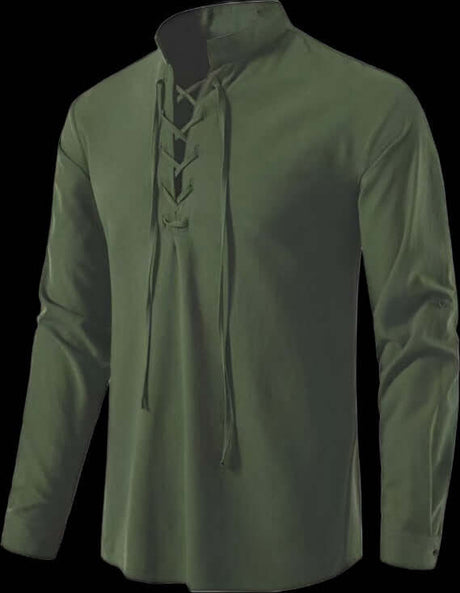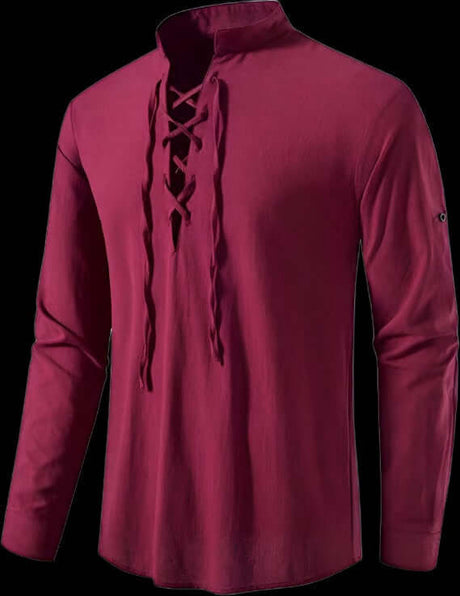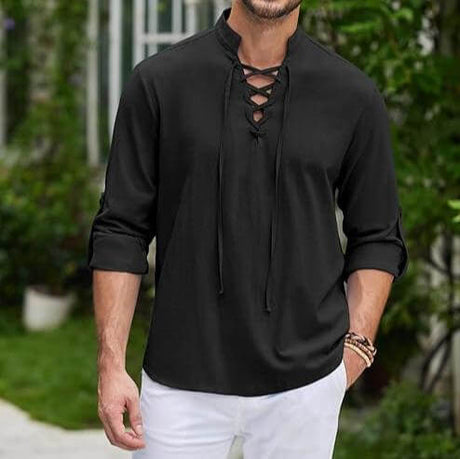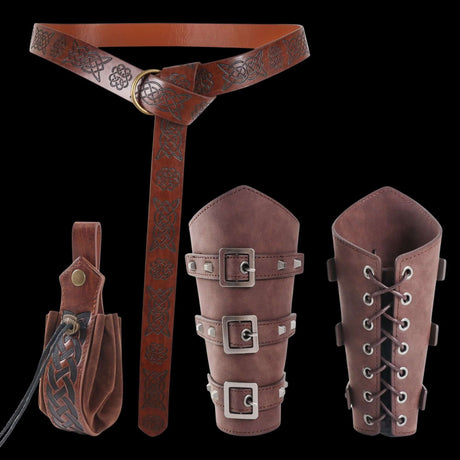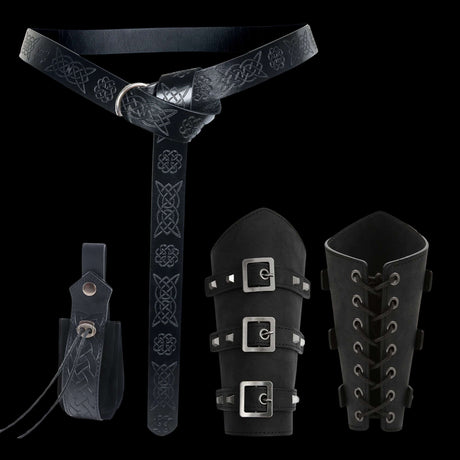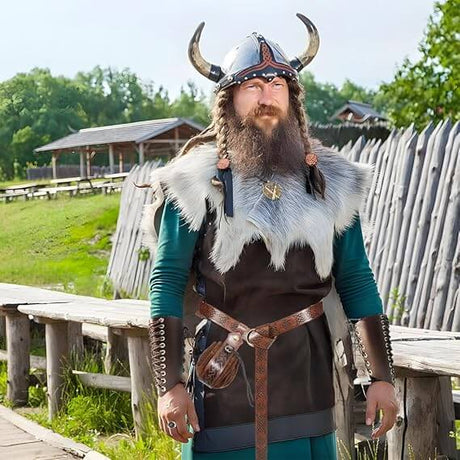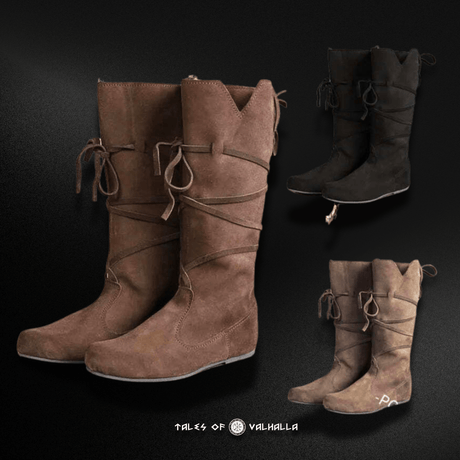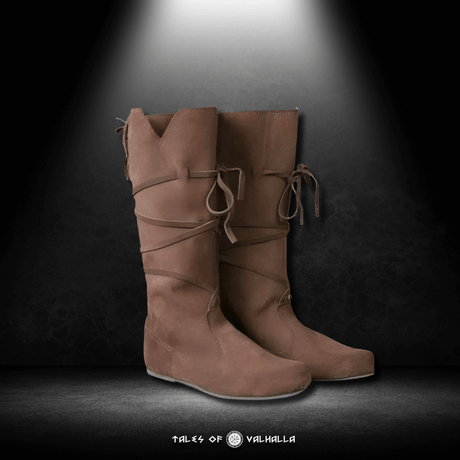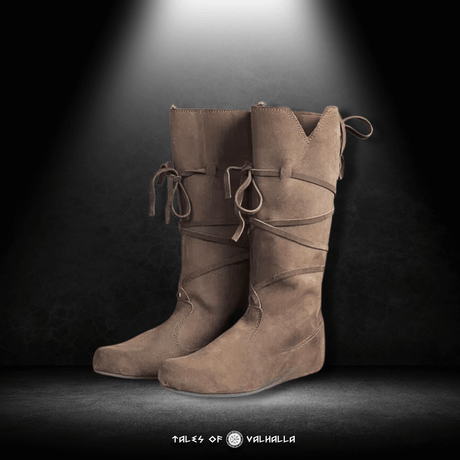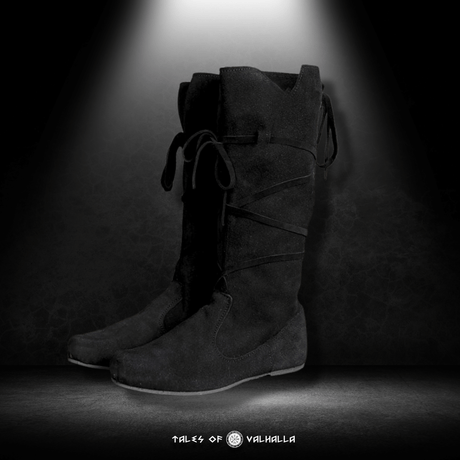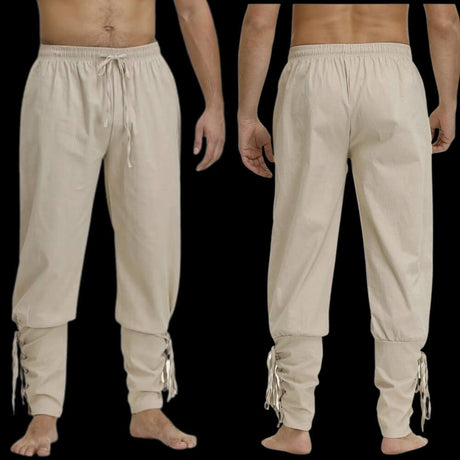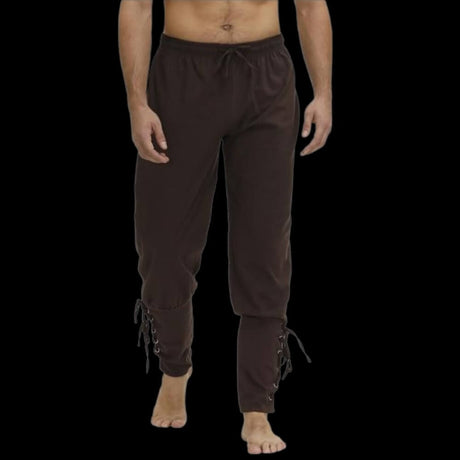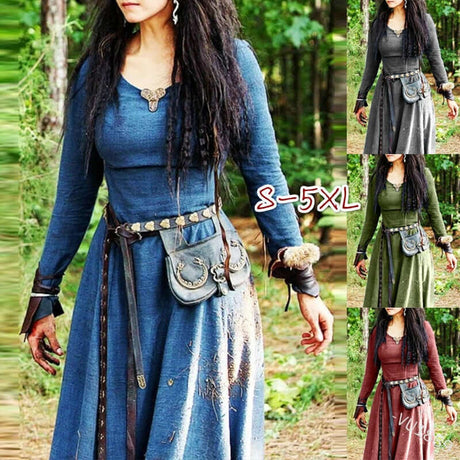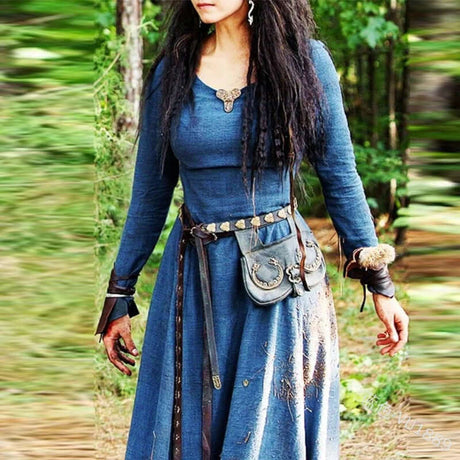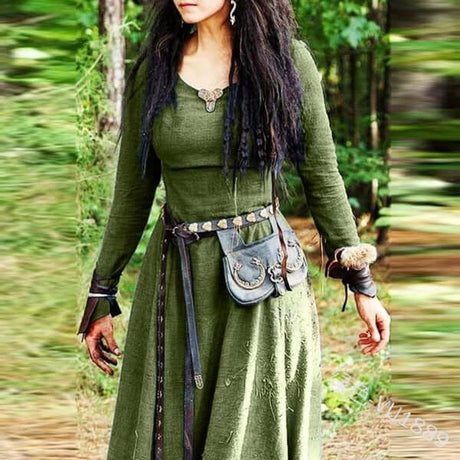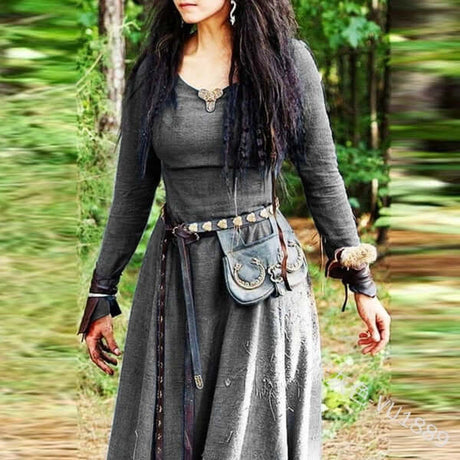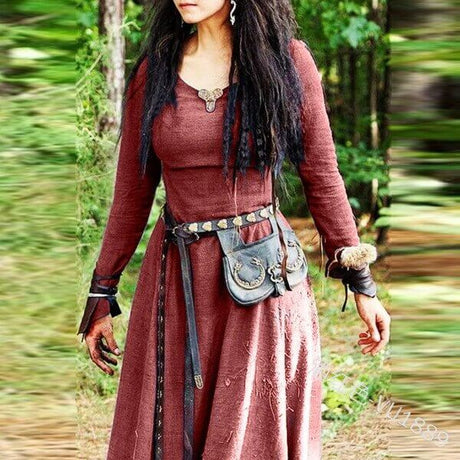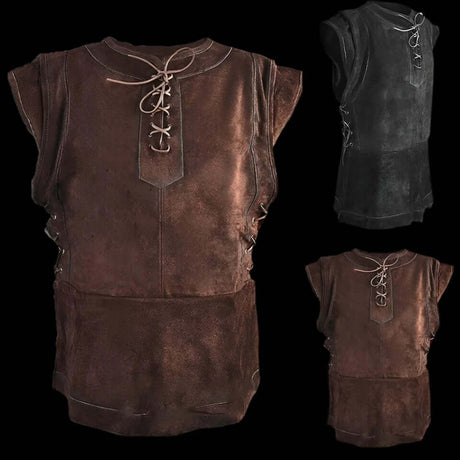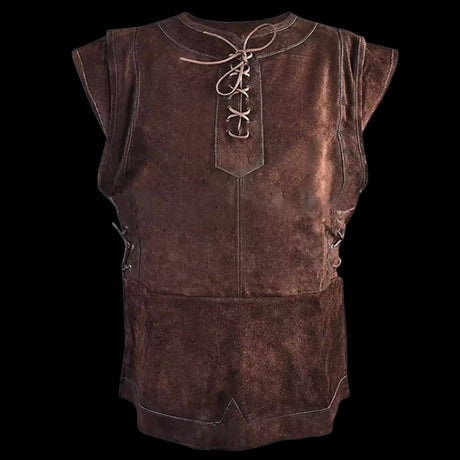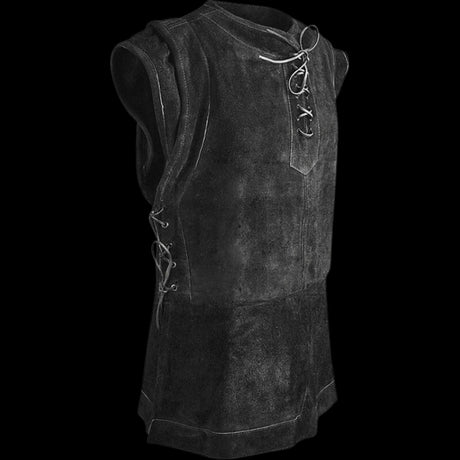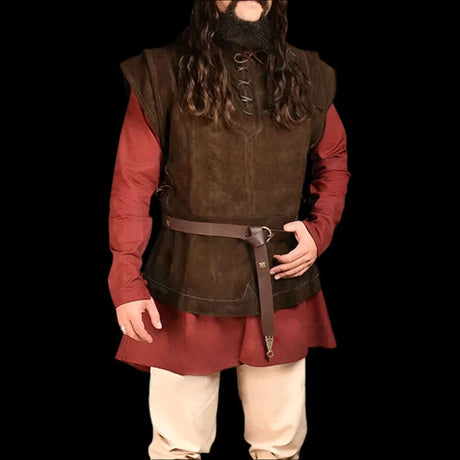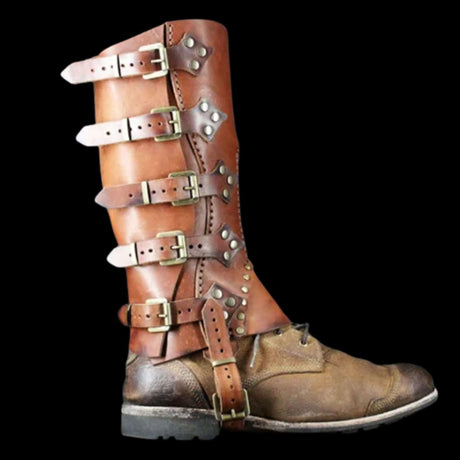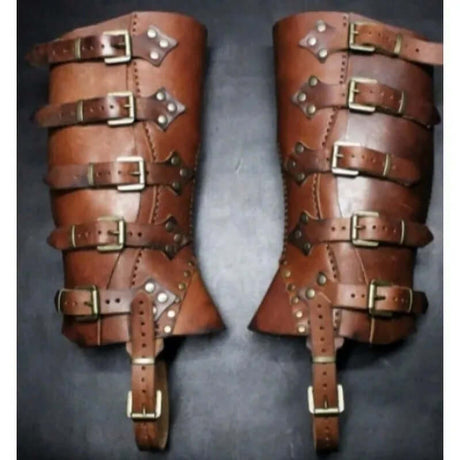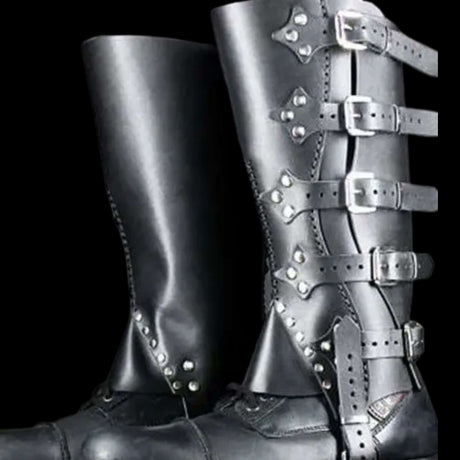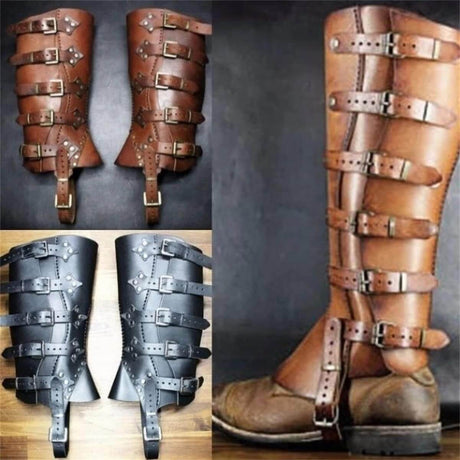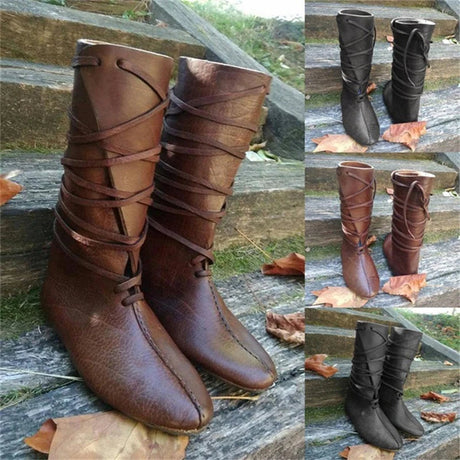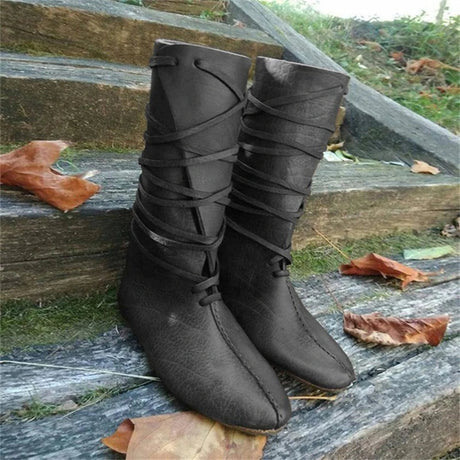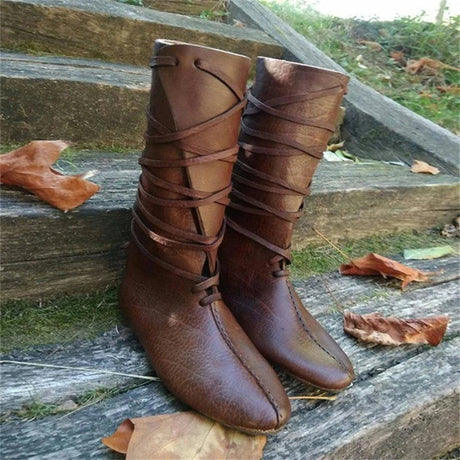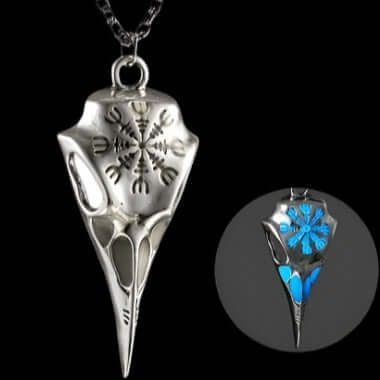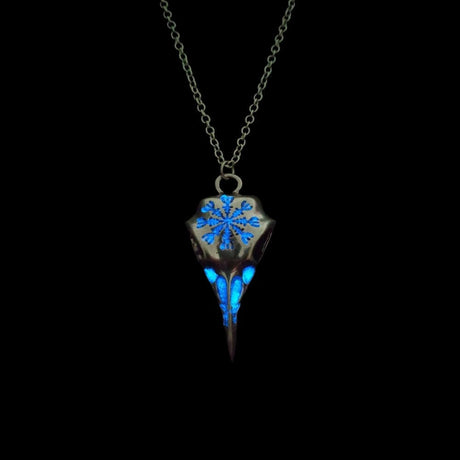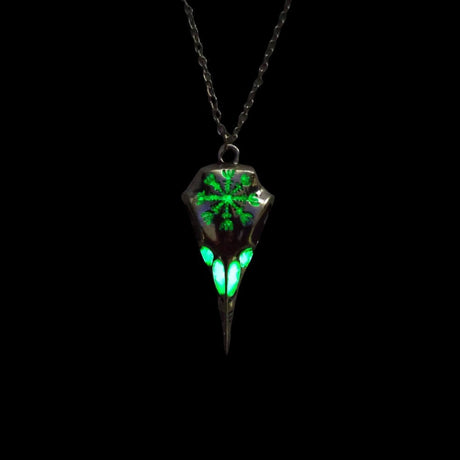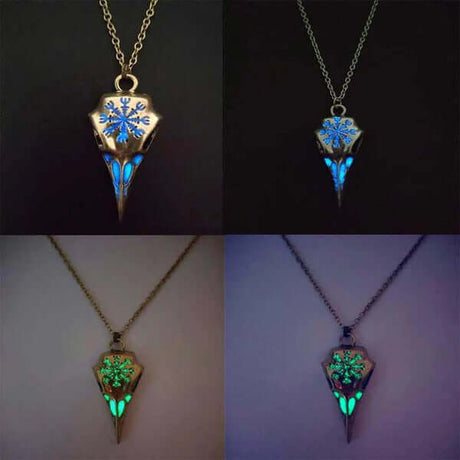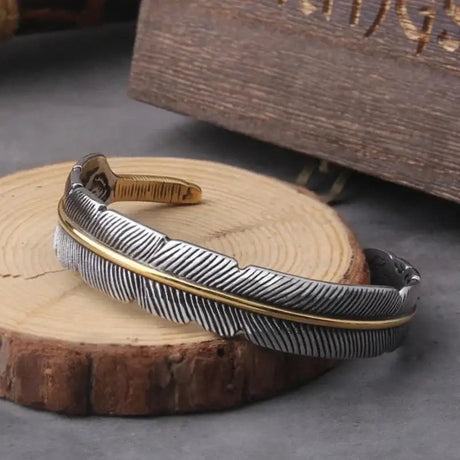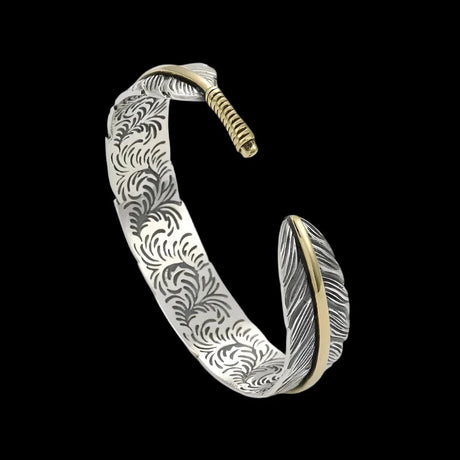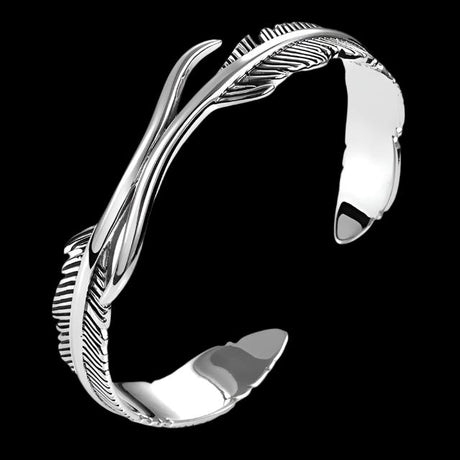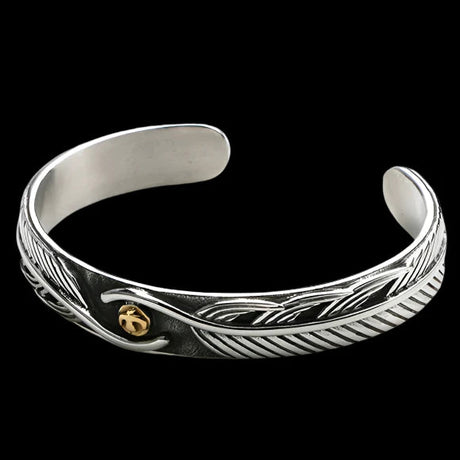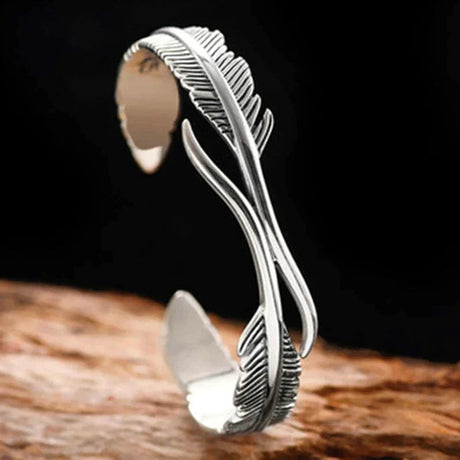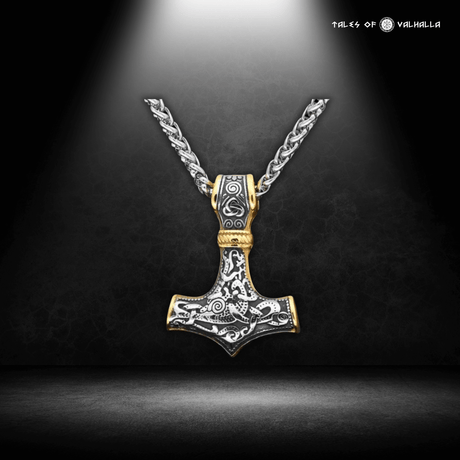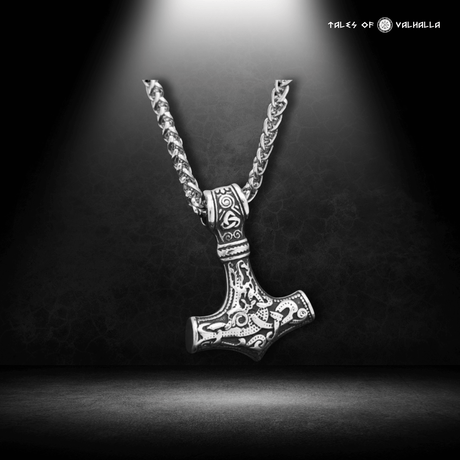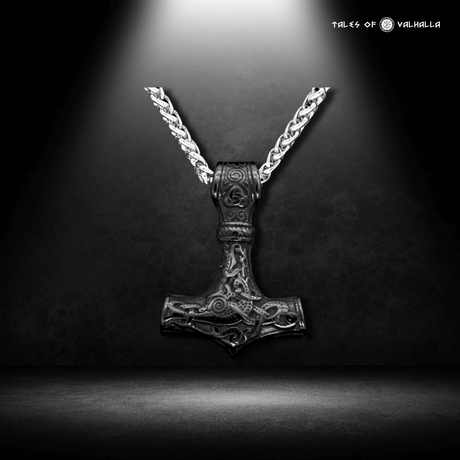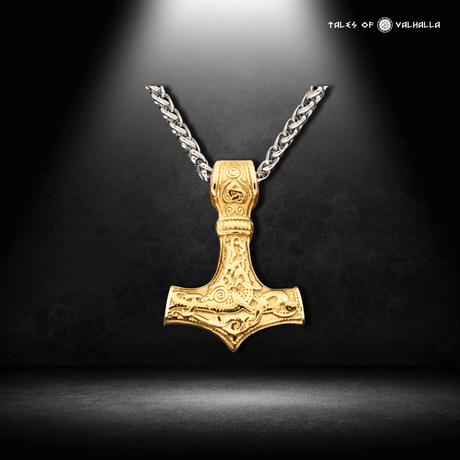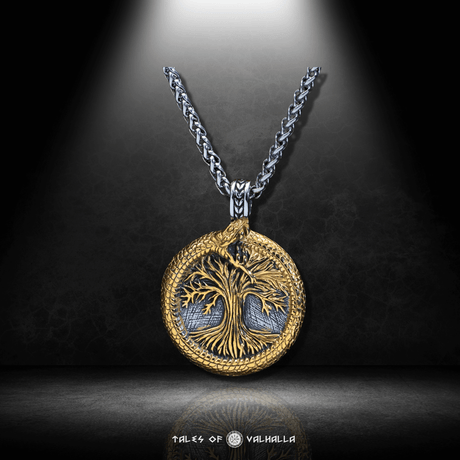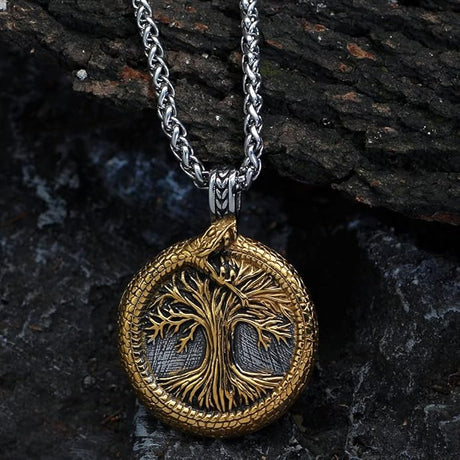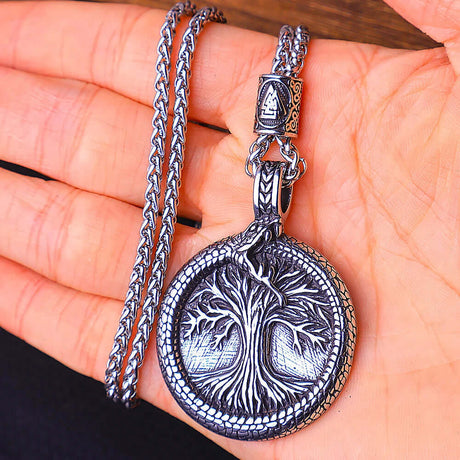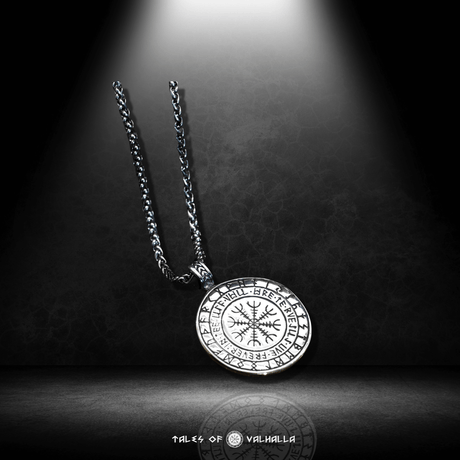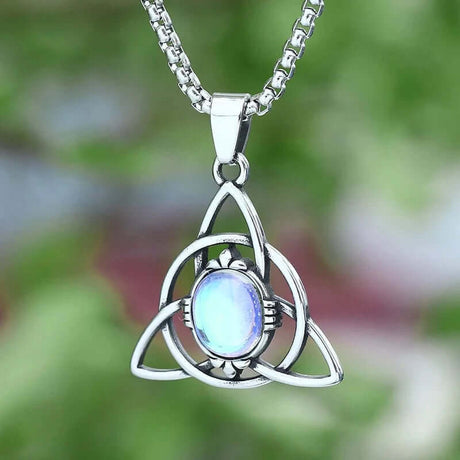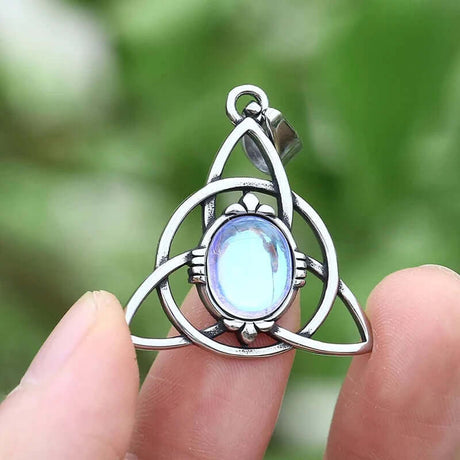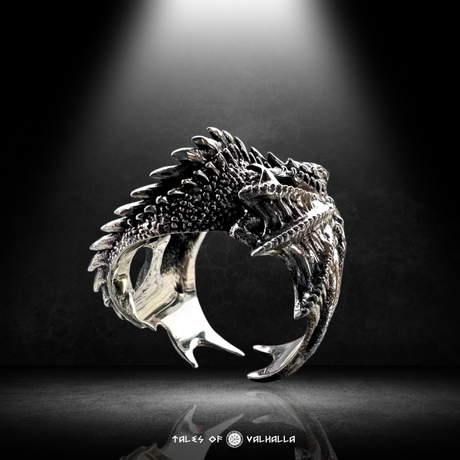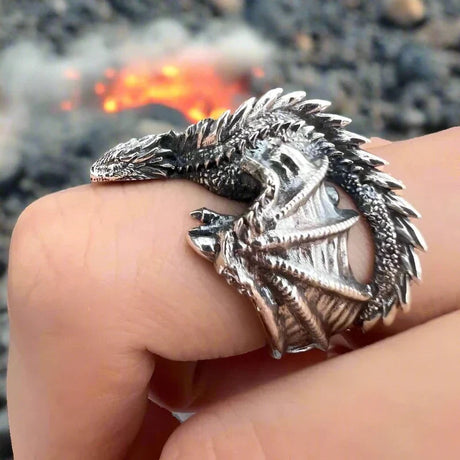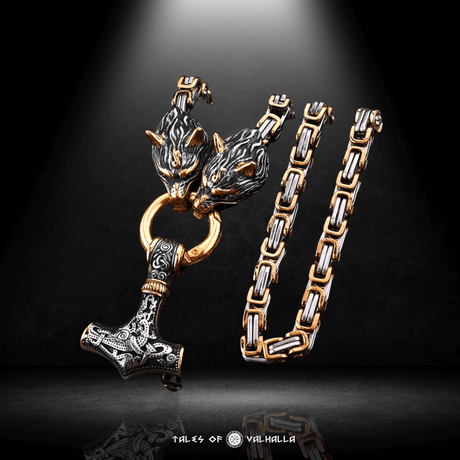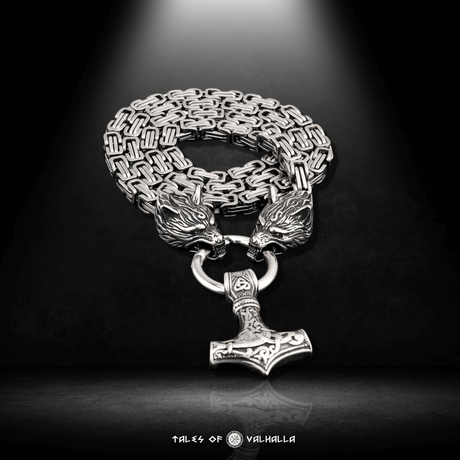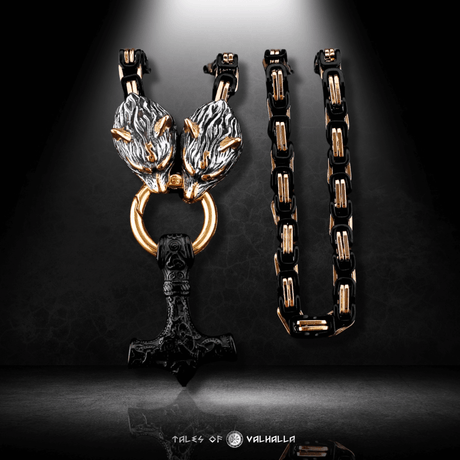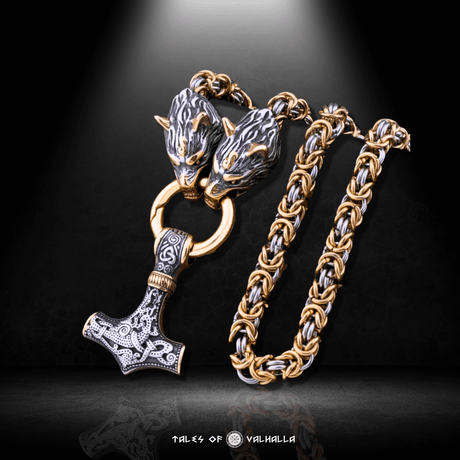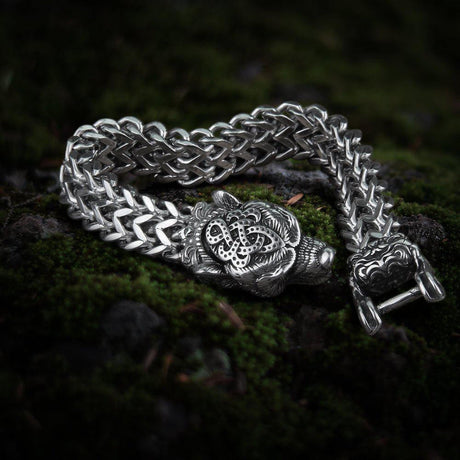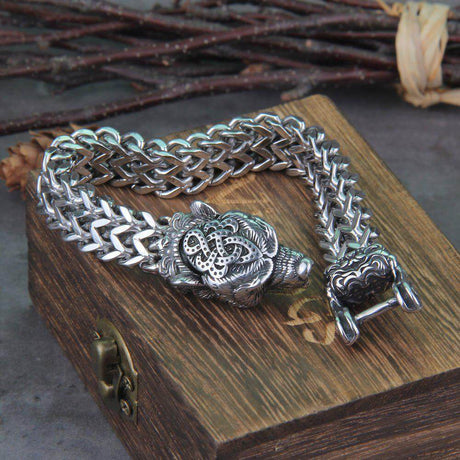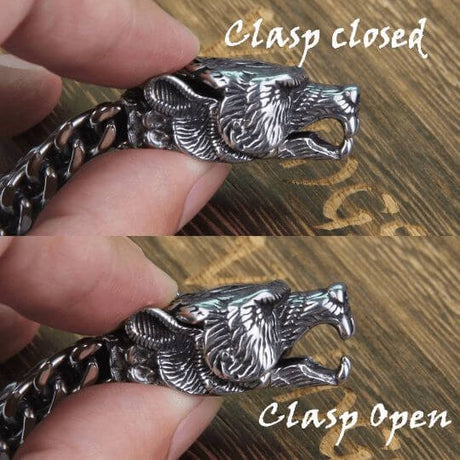The image is seared into modern pop culture: a heroic god, a swirling cape, and a mighty hammer named Mjölnir, capable of leveling mountains and summoning lightning. For millions in the United States, Thor's hammer is a symbol of immense power, a weapon of superheroes. But the story of Mjölnir is far older and deeper than any comic book or blockbuster film. It begins in the heart of Norse mythology and continues in the form of thousands of small, personal artifacts that have survived for a millennium.
This is the story of two hammers. First, the legendary Mjölnir of the myths, a weapon of cosmic importance. Second, the historical Mjölnir of the Vikings, a small amulet worn for protection and faith. This deep dive will explore the epic myth, but more importantly, it will unearth the amazing Mjölnir artifacts left behind by the Norse people. These small, metal hammers are our most direct, tangible link to the beliefs of the Viking Age, and they tell a fascinating story of faith, identity, and cultural defiance.
The Hammer of the Gods: Mjölnir in Norse Mythology
To understand the artifacts, we must first understand the legend that inspired them. In the Norse sagas and Eddas, Mjölnir was not just a weapon; it was one of the most powerful artifacts in the cosmos.

The Hammer of the Gods: Mjölnir in Norse Mythology
The Creation of a Legend: A Dwarven Masterpiece
The story of Mjölnir's creation is a classic tale of Norse trickery and unparalleled craftsmanship. It begins, as many tales of mischief do, with the god Loki.
- Loki's Mischief: As a prank, Loki cut off the beautiful golden hair of Sif, Thor's wife. Enraged, Thor threatened to break every bone in Loki's body unless he replaced it.
- A Wager with the Dwarves: To save his skin, Loki traveled to Svartalfheim, the realm of the dwarves. He first commissioned a group of master craftsmen, the Sons of Ivaldi, to create a new head of golden hair for Sif, along with two other treasures. Then, filled with arrogance, Loki wagered his own head with two other dwarven brothers, Brokkr and Eitri, claiming they could not forge three treasures of equal quality.
- Forging Through Sabotage: As Brokkr worked the bellows and Eitri the forge, Loki, in the form of a fly, did his best to sabotage their work. He bit Brokkr's hand and neck, but the dwarf persevered. For the final treasure, Loki stung Brokkr on the eyelid, causing him to flinch for a moment. This brief interruption had a consequence: the handle of the hammer they were forging, Mjölnir, was made slightly too short.
Despite the flaw, Mjölnir was judged to be the greatest of all the treasures. It was a weapon of incredible power, and Loki, through a clever verbal trick, managed to keep his head.
Story Vignette 1: The Fire of the Forge
Imagine the sweltering heat of the dwarven forge, deep beneath a mountain. Brokkr works the bellows, his muscles straining, as his brother Eitri pulls a glowing mass of iron from the fire. This is the final gift, the one to win the wager. Suddenly, a fly—Loki in disguise—darts in and stings Brokkr viciously on the eyelid. Blood streams into his eye, blinding him. For a single, crucial moment, he falters at the bellows. The fire cools just slightly. Eitri pulls the finished hammer from the forge. It is magnificent, pulsing with a divine energy, but the handle is undeniably short. This flaw, born of a trickster's sting, would become a defining feature of the legendary Mjölnir.
The Power of the Thunder God's Hammer
Mjölnir was no ordinary hammer. It possessed several magical abilities:
- Immense Destructive Power: It was the bane of the giants, the primary enemies of the gods. Thor used Mjölnir to protect both Asgard and Midgard (the world of humans).
- It Never Missed: The hammer was said to always strike its target.
- It Always Returned: After being thrown, Mjölnir would magically return to Thor's hand.
- Control Over Storms: As the weapon of the thunder god, it was intrinsically linked to lightning and storms.
A Tool of Consecration and Blessing
But the power of Mjölnir was not purely destructive. It was also a tool of blessing, hallowing, and consecration.
- Blessing Marriages: In a key ceremony, a symbolic Mjölnir would be placed in a bride's lap to bless the union with fertility.
- Sanctifying Funerals: It was used in funeral rites, likely to protect the deceased on their journey to the afterlife.
- Healing and Reviving: In one myth, Thor uses Mjölnir to bring his own goats, which he had killed for supper, back to life. This shows the hammer's power over life itself.
From Myth to Metal: The Mjölnir Amulet in the Viking Age
While the giant, mountain-crushing Mjölnir of myth has never been found (as it was a mythological object), archaeologists have discovered something far more personal and telling: over a thousand small, wearable Mjölnir amulets scattered across the Viking world. These pendants are the real-life Mjölnir artifacts.
The Most Common Viking Artifact?
The sheer number of these finds is staggering. More than 1,000 of these miniature Mjölnir pendants have been unearthed, from England and Iceland in the west to Russia and Ukraine in the east. This makes them one of the most common and widespread types of Viking Age jewelry ever found, testifying to their immense popularity.
What Did They Look Like?
These artifacts were small, stylized hammers designed to be worn on a necklace or cord.
-
Materials: Most were made of relatively inexpensive materials like silver, bronze, iron, or amber. This shows that wearing a Mjölnir was not just for the elite; it was a practice for common people as well.
-
Design: They are often T-shaped or cruciform, with a short handle and a symmetrical head. Many are decorated with simple stamped patterns (dots, circles) or more intricate filigree and granulation work on higher-status examples. The design of the archaeological Mjölnir is a key piece of Viking art.
Not Just Jewelry, but a Symbol of Faith and Identity
These pendants were not mere fashion accessories. They were powerful amulets and clear declarations of identity.
-
A Plea for Protection: A Viking sailor, facing the wrath of a storm, would touch the Mjölnir at his neck and pray to Thor for protection. A farmer might wear one for fertility and a good harvest. A warrior wore it for strength in battle.
-
A Symbol of Pagan Faith: The Mjölnir amulet was a clear and public statement: "I follow the Old Ways. I honor the Norse gods." This became particularly important during the period of Christian conversion.
Story Vignette 2: The Sailor's Charm
The longship pitched violently, the sail straining against a furious North Sea gale. Ivar, a young sailor on his first long voyage, felt a knot of fear tighten in his stomach. He saw the older, more experienced sailors, their faces grim, unconsciously touching the small silver hammers that hung around their necks. Ivar clutched his own simple bronze Mjölnir, a gift from his mother. He whispered a prayer to Thor, the Thunderer, the master of storms. The small piece of metal felt warm against his skin, a focal point for his hope amidst the roaring chaos. His Mjölnir was his shield against the fury of the sea.
Amazing Mjölnir Artifacts: Famous Finds That Tell a Story
While thousands of Mjölnir pendants have been found, a few specific discoveries stand out for what they have taught us. These are truly amazing Mjölnir artifacts.

Amazing Mjölnir Artifacts: Famous Finds That Tell a Story
The Købelev Hammer (Denmark): The "Smoking Gun"
For a long time, archaeologists debated whether the common T-shaped pendants were really supposed to be Thor's hammer. The Købelev hammer, discovered on the Danish island of Lolland in 2014, provided the definitive answer.
- The Runic Inscription: This 10th-century bronze amulet has a short runic inscription that reads: "Hmar x is" (Hamar is), which translates to "This is a Hammer."
- The Significance: This was a groundbreaking discovery. It was the "smoking gun" that confirmed, without a doubt, the identity of these pendants as representations of Mjölnir. It was as if the Vikings had left a label for future generations.
The Skåne Hammer (Sweden): A Work of Art
Discovered in Skåne, Sweden, this is one of the most magnificent Mjölnir artifacts ever found.
- Elaborate Design: Made of silver and covered in incredibly fine gold filigree and granulation, this 10th-century hammer is a masterpiece of the jeweler's art.
- Symbol of Status: The sheer quality and precious materials of the Skåne hammer indicate it belonged to a person of immense wealth and status. It shows that Mjölnir was a symbol worn by all levels of society, from the simplest bronze amulet to the most luxurious golden treasure.
The Icelandic Pendants: A Unique Style
Iceland, a land settled by Norse explorers, developed its own unique style of Mjölnir amulet.
- The "Wolf-Cross": Many Icelandic pendants are often called "wolf-crosses." They feature a typical hammer shape, but the top is often an inverted cross, and the head of a wolf sits atop it.
- Syncretism? This unique design has led to much debate. Is it a symbol of pagan defiance against Christianity (a wolf devouring the cross)? Or is it an example of syncretism, a blending of pagan and Christian imagery during the conversion period? These Icelandic Mjölnir artifacts show fascinating regional variations.
Table: Famous Mjölnir Artifact Finds
| Name / Location | Date (Approx.) | Material | Noteworthy Feature | Significance |
| Købelev Hammer (Lolland, Denmark) | 10th Century AD | Bronze | Runic inscription reads "This is a Hammer." | The definitive "smoking gun" confirming the identity of these T-shaped amulets as Mjölnir. |
| Skåne Hammer (Skåne, Sweden) | 10th Century AD | Silver, Gold | Exquisite gold filigree and granulation work. | A masterpiece of Viking craftsmanship, proving Mjölnir was also a high-status luxury item. |
| Icelandic "Wolf-Cross" (Various sites in Iceland) | 10th-11th Century AD | Silver, Bronze | A unique design combining a hammer, an inverted cross, and a wolf's head. | Shows regional variation and potential cultural blending (syncretism) between pagan and Christian ideas. |
| Rømersdal Hammer (Bornholm, Denmark) | c. 800-1050 AD | Silver | Found with a touchstone and weights, linking it directly to a silver trader. | Shows that merchants and traders, not just warriors, wore the Mjölnir amulet. |
| Ödeshög Pendant (Östergötland, Sweden) | 9th Century AD | Iron | An iron pendant, heavily corroded, but clearly in the shape of Mjölnir. | Demonstrates that the symbol was worn by common people using less precious materials. |
A Clash of Symbols: The Hammer vs. The Cross
The incredible popularity of Mjölnir amulets seems to have peaked in the late Viking Age (10th and 11th centuries). This was no coincidence. This period was a time of intense religious upheaval in Scandinavia, as the old Norse paganism came into direct conflict with the spread of Christianity.
A Time of Religious Upheaval
Christian missionaries were increasingly active in Denmark, Norway, and Sweden. Newly converted kings and jarls sought to impose the new faith, while many people clung to the old gods who had served their ancestors for centuries.
The Mjölnir as a Symbol of Defiance and Identity
In this context, the Mjölnir amulet became more than just a plea for protection; it became a powerful statement of identity and defiance.
- A Pagan Counterpart: As the Christian cross became a more common sight, the hammer of Thor became the primary symbol for those who held to the old ways. Wearing a Mjölnir was a public declaration of one's pagan faith.
- Archaeological Coexistence: Fascinatingly, archaeologists have found soapstone molds from this period that could be used to cast both a cross and a hammer simultaneously. This suggests that some craftsmen were hedging their bets, catering to customers of both faiths. It also hints at a period of overlap and perhaps confusion, where individuals might even wear both symbols, seeking protection from all available divine sources.
The Modern Forging: Mjölnir in the 21st Century
The story of Mjölnir did not end with the Viking Age. Its power as a symbol has been reforged in the modern era.
From Ancient Faith to Pop Culture Icon
The journey of Mjölnir into the mainstream of American culture is largely thanks to Marvel Comics and the Marvel Cinematic Universe (MCU).
- The Superhero's Weapon: The MCU's portrayal of Thor and his mighty hammer has made Mjölnir a household name. It has become a global symbol of heroism, worthiness, and immense power.
- Video Games and Literature: Mjölnir also features prominently in countless video games (like God of War and Assassin's Creed Valhalla) and fantasy novels, each adding to its legendary status.
A Symbol for Today
For modern wearers in the United States and beyond, the Mjölnir has come to represent many things:
- Strength and Resilience: A personal reminder of the strength to overcome challenges.
- Heritage: A way for people of Scandinavian descent to connect with their ancestry.
- Protection: A talisman for protection, just as it was for the Vikings.
- Modern Heathenry: For followers of modern Norse paganism (Asatru), wearing Mjölnir is a serious and central expression of their faith.
- Conclusion
The story of Mjölnir is a tale of two hammers. There is the epic, mythological weapon of the gods, a force of nature capable of shattering mountains. And then there is the small, personal Mjölnir of the historical Vikings—an amulet of faith, a symbol of identity, and a plea for protection in a dangerous world.
These amazing Mjölnir artifacts, discovered by the thousands, are our most direct connection to the spiritual lives of the everyday Norse people. They show us that the power of a symbol lies not just in the grand myths, but in the personal beliefs of those who wear it. The hammer's incredible journey from myth, to artifact, to pop culture icon, and back to a symbol of faith for modern Heathens, proves its enduring power. The thunder of the mythological Mjölnir may be silent, but the echo of its power still resonates in the small, amazing artifacts it inspired.

